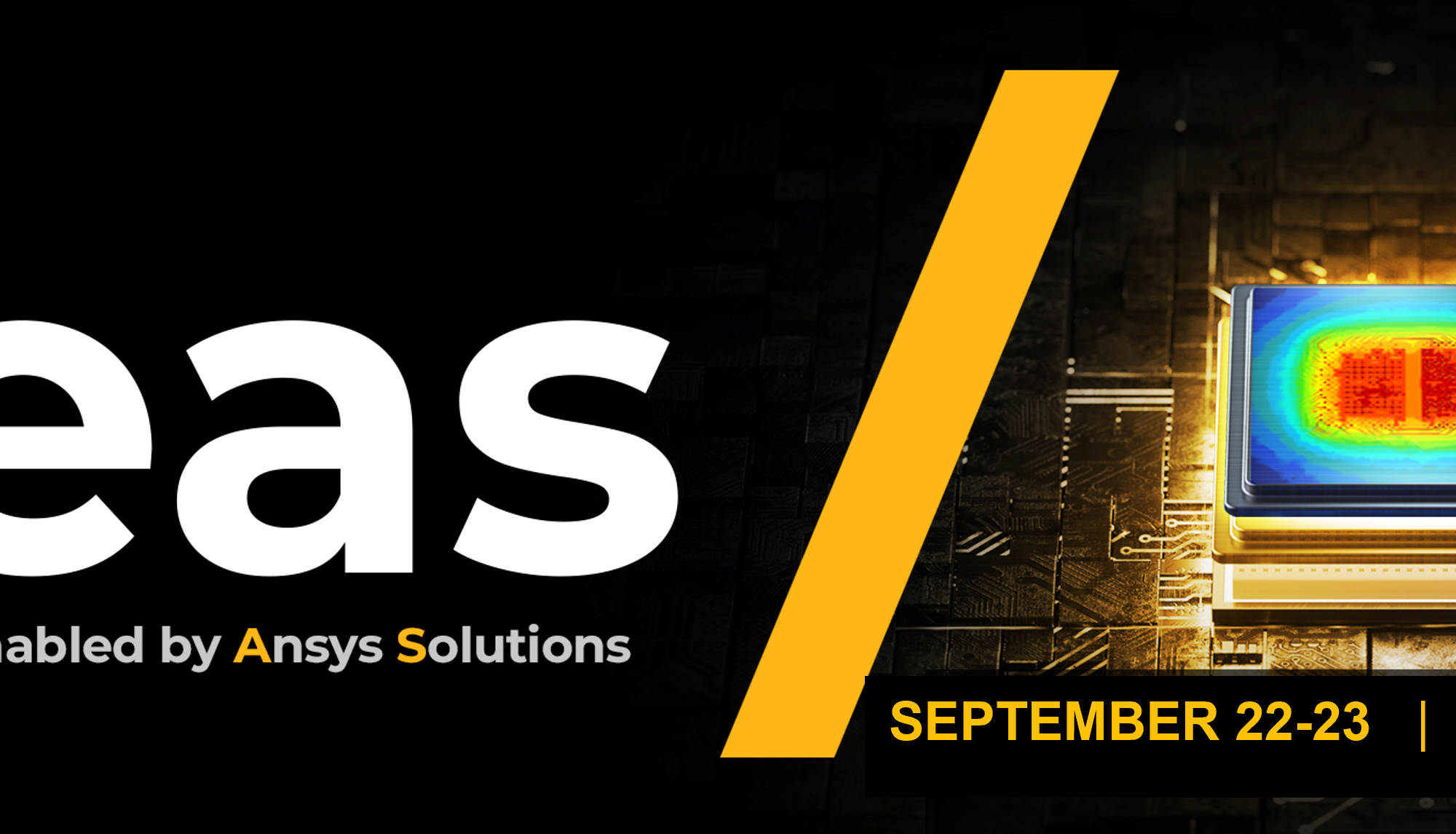For those of you following the latest developments in electronic design it has become clear that the industry is transitioning through an inflection point that is shifting some of the ground rules of design. The increase in the speed and integration density in today’s systems are blurring the lines between chip design and system design, and is epitomized by multi-die, 3D integrated circuits. Multiphysics – the simultaneous analysis of multiple physical effects – is at the heart of another profound and challenging shift in electronic design practice. By merging previously distinct physics disciplines while adding novel physics into the equation, it is driving a step-function in the technical expertise required by electronic design teams.
Here Comes the Multiphysics Revolution
A concrete example of how the facts on the ground are rapidly evolving include the increasing focus on thermal analysis, as it has become apparent that heat dissipation is probably the #1 limiting factor in 3D-IC integration density. But thermal gradients across heterogeneous components inevitably leads to differential expansion, which results in mechanical stress and warpage of a package.
Warping impacts the system reliability directly, but temperature also has less direct design effects. For example, it determines the maximum current in wires to avoid electromigration reliability issues. The higher speeds of signals coupled with larger physical sizes of multi-die systems make electromagnetic simulation a must – for not just the radio frequency (RF) designers, but also for high-performance computing (HPC) and artificial intelligence/machine learning (AI/ML) hardware. Inter-related physical effects such as these are driving the multiphysics revolution.
New Signoff Requirements
The semiconductor foundries have responded to the rise in 3D-IC design starts by supplementing their sign-off requirements and their recommended IC design flows to include the thermal, electromagnetic, and other tools that were previously relegated to OSATs or other outside vendors following fabrication. Most of the advanced 3D systems that have been brought to market so far were designed by large, leading semiconductor companies that have the resources and expertise to take advantage of the new technical opportunities. But, in order to make 3D-IC design more accessible to mainstream design teams, the industry needs tools and design platforms that capture and automate these advanced multiphysics design requirements in practical workflows.
The old ways of working won’t cut it in this new reality. Design specialists with specific domain knowledge dispersed over multiple groups need to be brought together into vertically integrated design teams that make expertise available right from the get-go during system prototyping. Designers will need new tools, new training, and new methodologies to compete in this environment.
Register for IDEAS to Discover Leading Electronic Design Techniques
The best place to learn about the newest electronic design techniques from industry experts is to attend this year’s Ansys IDEAS Digital Forum: Innovative Designs Enabled by Ansys Solutions.
IDEAS is a digital event that takes place Sept. 22-23, 2021. It gathers many of the leading electronic design companies from across the world where you’ll access C-level executive keynote speeches as well as advanced techniques from leading-edge design teams. Take a look at the IDEAS Agenda to see the unparalleled breadth and scope of multiphysics tools, solutions, and practical implementations with 40 presentations in 10 technical tracks for electronic systems analysis, semiconductor signoff, photonics, cloud, and workflow solutions.
| – Power Integrity | – Silicon to System Reliability | – 3D-IC & Electrothermal Analysis |
| – Voltage-Timing Signoff | – Silicon Photonics | – System Analysis & Simulation |
| – Low Power Design | – Designing with Electromagnetics | – Cloud & Workflow Automation |
With a roundtable panel and executives from the design community and solution providers, you can get a quick and accurate impression of the state of the art in electronic design today – all from the comfort of your home office.
Registration for IDEAS is now open to all at ansys.com/ideas. Sign up and reserve your front seat for a showcase of the future of electronic design.
Also Read
Have STA and SPICE Run Out of Steam for Clock Analysis?
Extreme Optics Innovation with Ansys SPEOS, Powered by NVIDIA GPUs
Share this post via:







Comments
There are no comments yet.
You must register or log in to view/post comments.